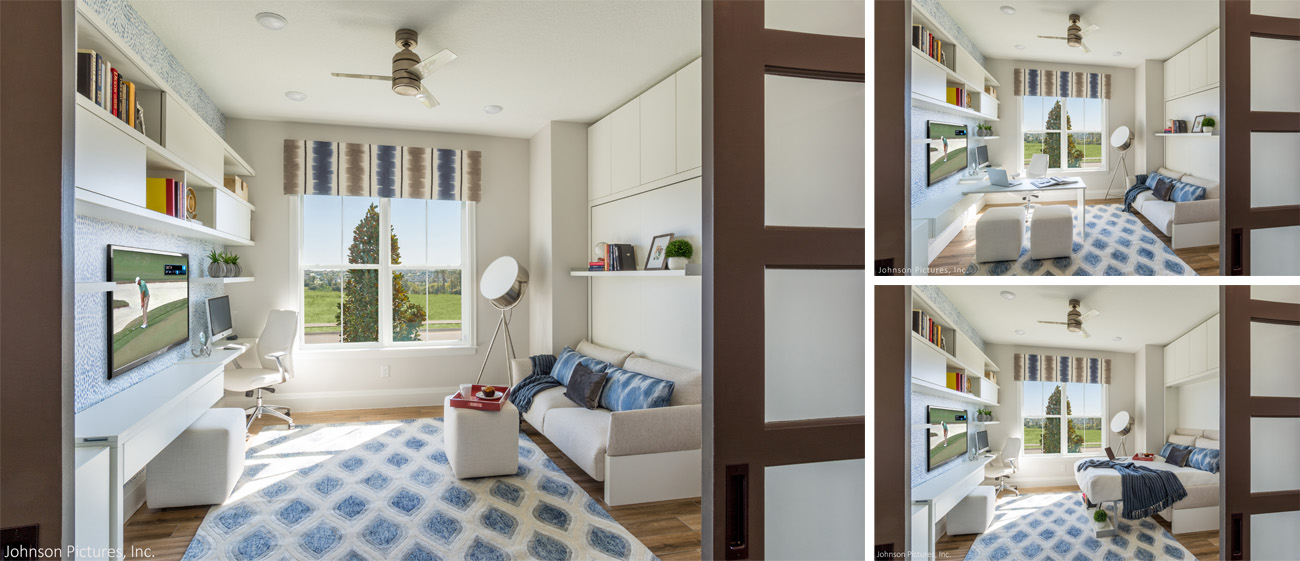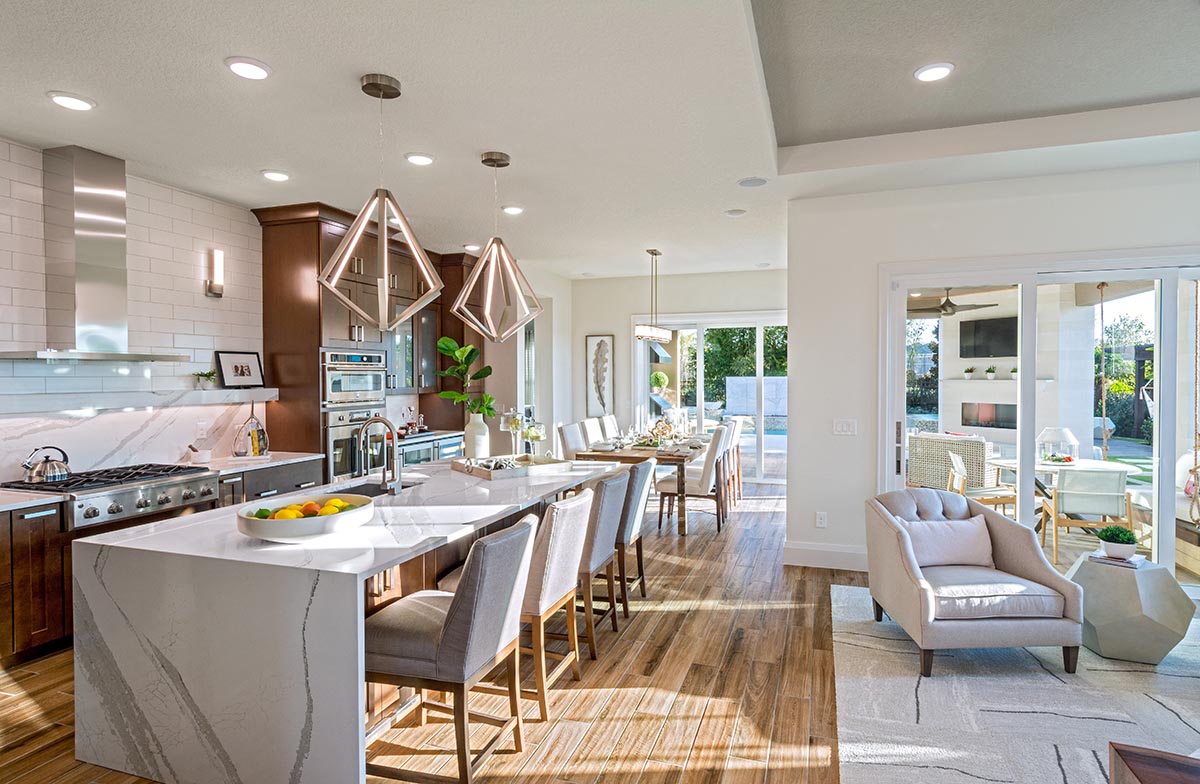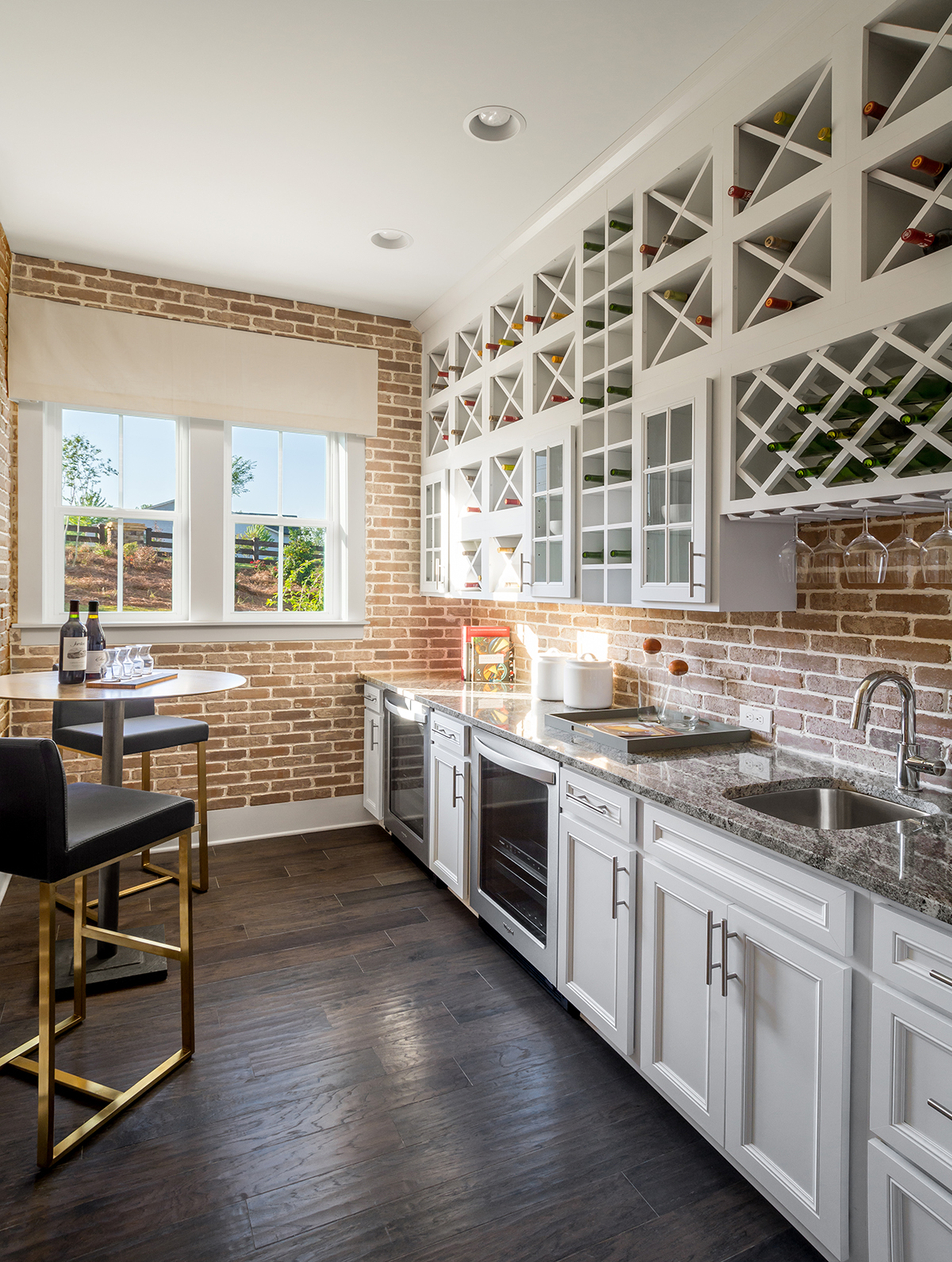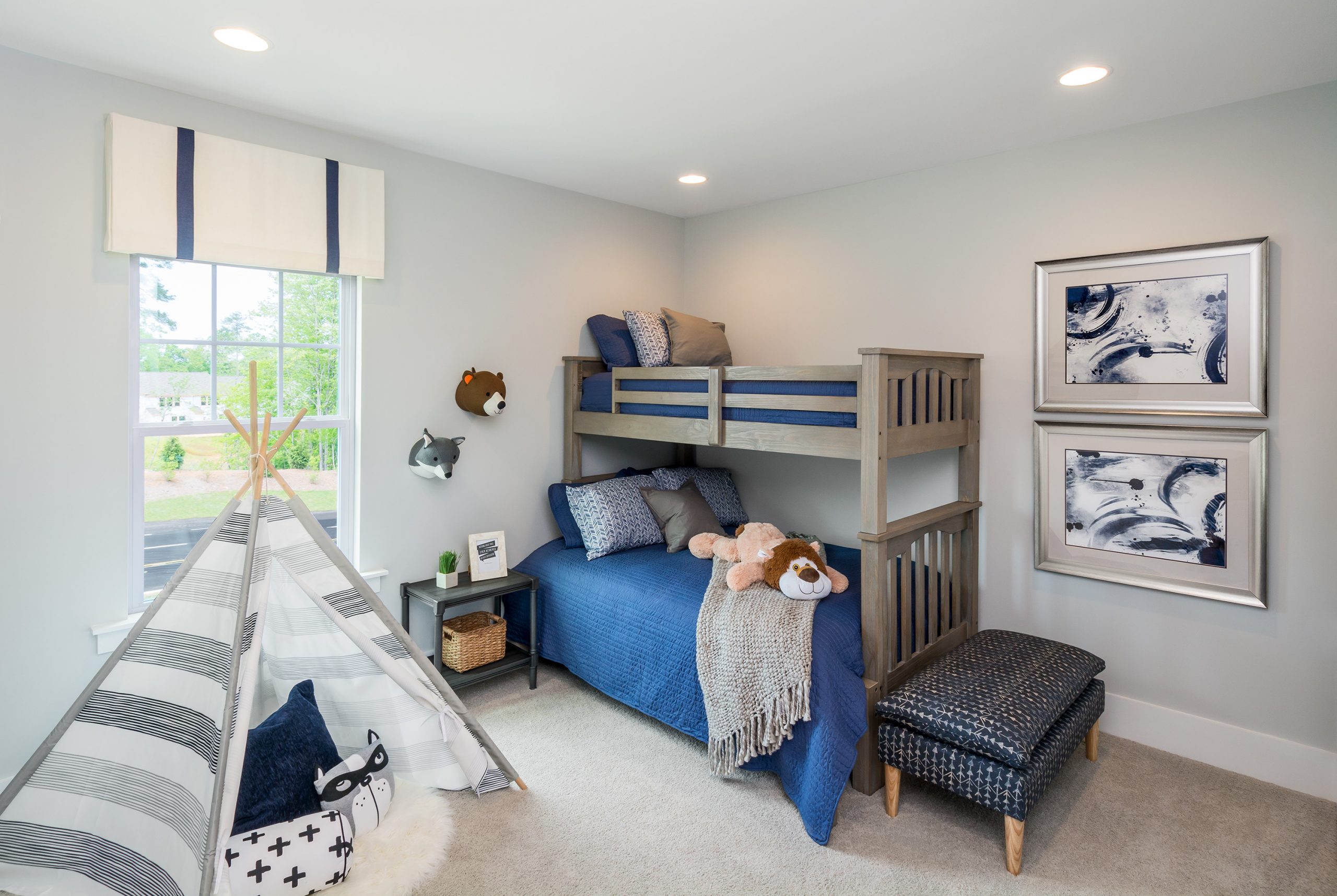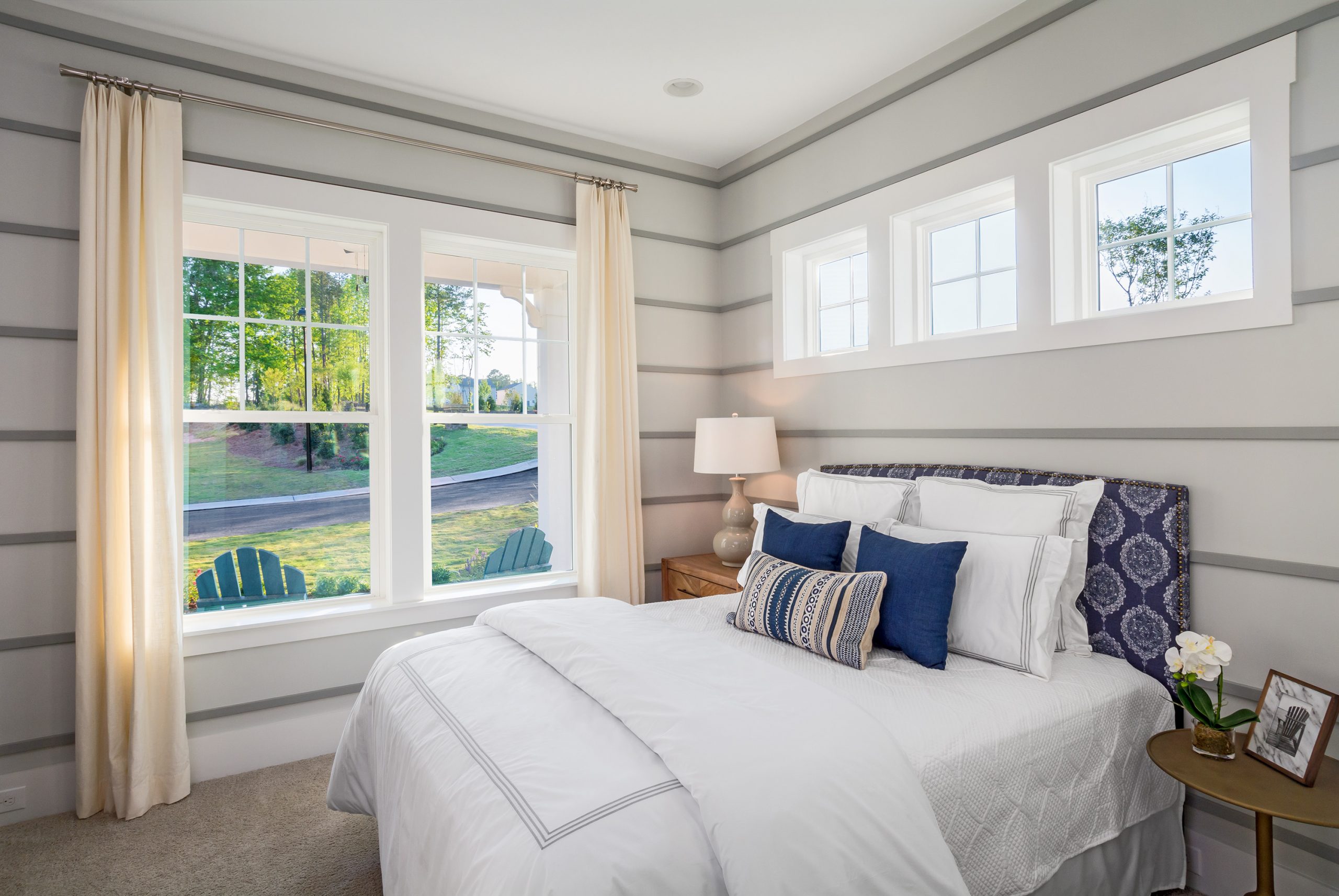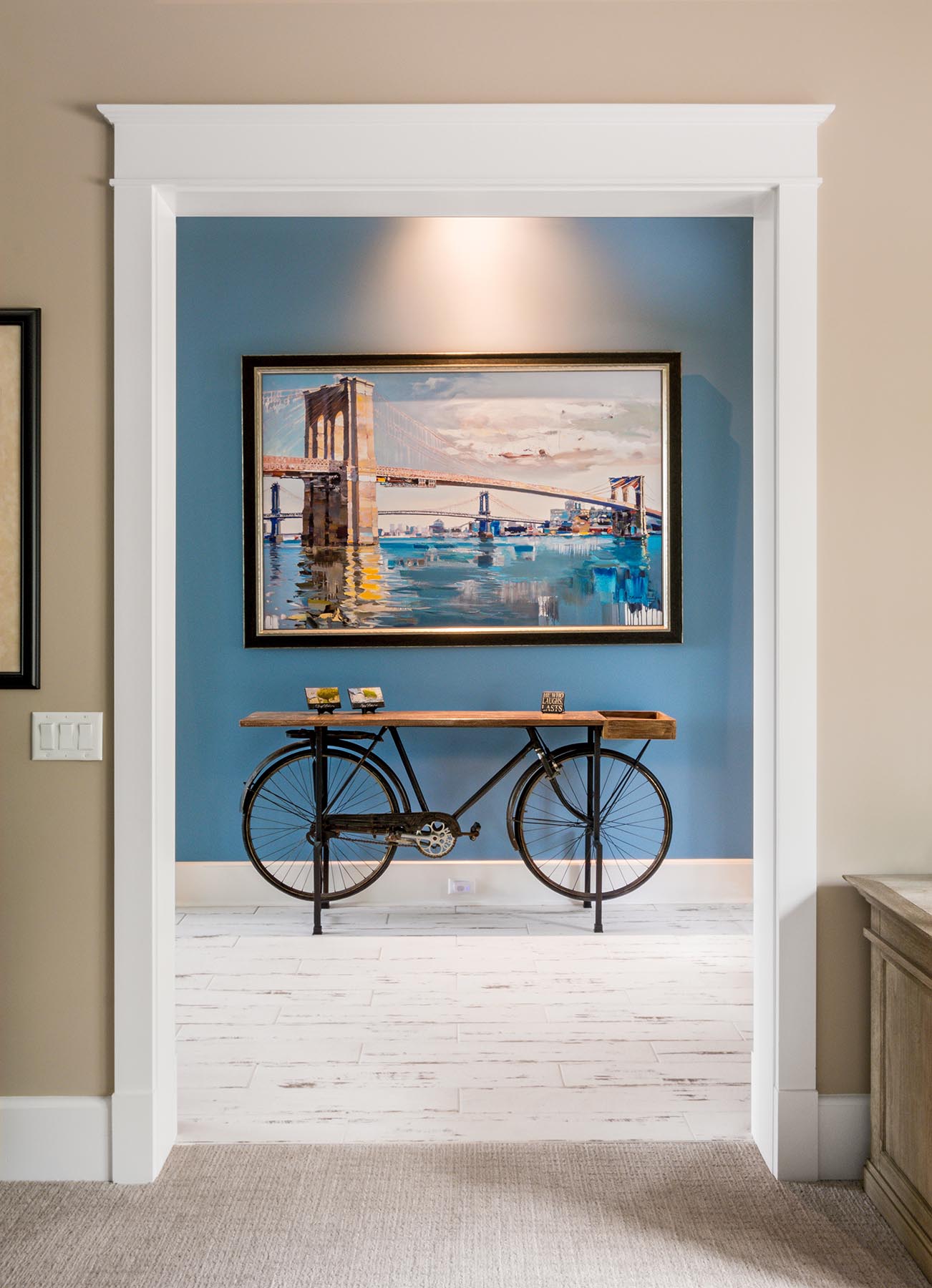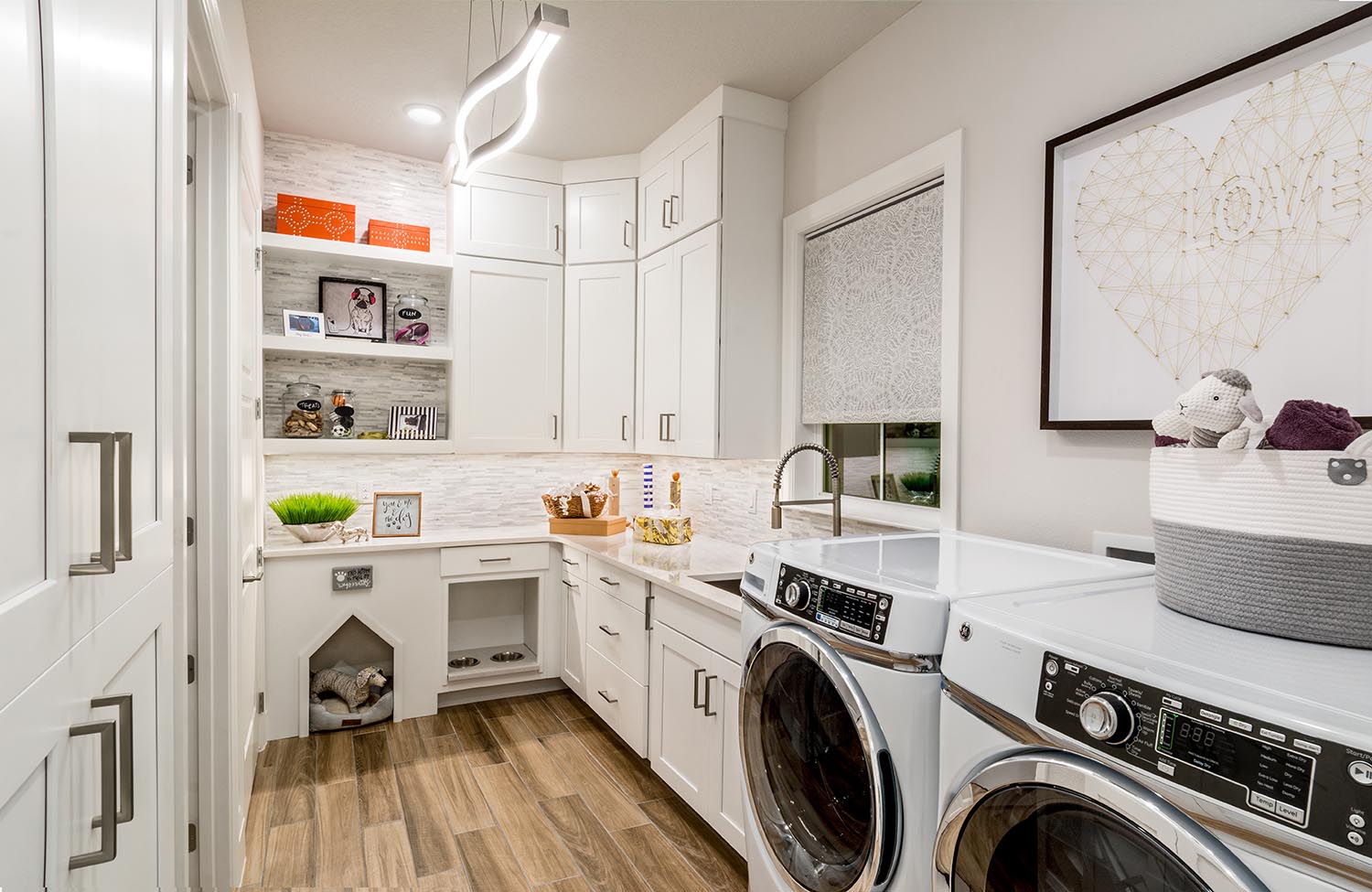Attention Empty Nesters! So, you think you want to downsize. It’s what you do after the kids leave home, right? Your current house simply doesn’t match your new lifestyle. But are you prepared for the move down?
John Rymer, of Rymer Strategies, states that “retirees begin by thinking they will move to a smaller home, but the average size is 92% of their prior home.”
A family friend, semi-retired empty nester couple in California sold their 7-acre, 4500 sq. ft. home to move into a 1600 sq. ft. house on the beach on a ¼ of an acre. Who doesn’t want to retire by the beach? But now the reality has set in. The wife feels a bit overwhelmed with the drastic change. Suddenly the couple is on top of each other with little or no “get away” space. There is no acoustical privacy as they both attempt to work from home and there is a serious lack of storage. Already, they are looking to add a second floor to ease the strain.
Perhaps there should a “Downsizer’s Checklist” checklist to help Move-Down Home buyers sort through what the right size of a downsize should be. I know I could have used one a few years ago, so let’s give it a try.
The downsizer’s check list:
• What rooms do you no longer need?
• What are the functions your new lifestyle demands?
• Will your new home accommodate guests? If so, what age are your guests and how many at one time?
• How many bathrooms are needed?
• Do you have collectibles that demand to be displayed?
• What things can you not part with?
• Are dual use rooms acceptable?
What rooms do you no longer need?
Most will readily admit they no longer need their formal rooms. When there were little kids a home, it was nice to have a living room that wasn’t cluttered with their toys. But as soon they were old enough, their toys were banished to their rooms so you could enjoy the big screen TV and the casual lifestyle of the “family room.” Right away, we can eliminate at least two rooms: the formal living and dining room.
It’s important to keep in mind that while you might eliminate some spaces, you might find yourself wanting to enlarge the remaining rooms (kitchen, family room) or even add rooms that you didn’t have in your previous family home (bonus room, wine lounge, workout room, additional storage, etc). While it’s certainly possible to downsize happily, you start to see why many downsizers often end up with similarly sized homes in the end.
What are the functions your new lifestyle demands?
Those that are semi-retired or consulting from home need a working office space. How much office depends on your needs. With the advent of virtual meetings, this space needs to acoustically separate from other rooms. As is the case with over 80% of boomers couples, they might want two office spaces.
What About Guests?
When my husband and I initially downsized, one of our sons was living in Jacksonville. Since he had a place to sleep, we reasoned we only needed two guest bedrooms for our other two to visit during the holidays. Then he moved to Charleston. Suddenly, we were a bedroom short.
As adult children get married, the guest rooms all need king size beds. Or, you know… Get a hotel! One developer recognized this problem and built an inn as a part of their community.
What about grandkids?
Of course, every empty nester couple wants their grandkids to visit. Are the grandkids old enough to visit without the parents or will you need bedrooms for both parents and kids?
Sharing a bath
When the kids were growing up, most probably shared a bathroom. Of course, there was the occasional conflict as kids become adolescent and modesty kicked in. But now that they are grown, sharing a bath doesn’t seems as practical. It’s not the end of the world, but the traditional Jack & Jill set up is not great for visiting couples.
Collectibles
Baby boomers are collectors, more-so than their younger generations. Perhaps it’s treasures from various exotic destinations or maybe it’s wine or fine art. A serious assessment should be made before downsizing by asking, “Where will these things go?” If you have an abundance of irreplaceable pieces to be displayed, you’ll need to take that into account. If your kids are willing and able to take on some of the load, downsize away!
What things can you not part with
This has to be the hardest part about downsizing. Both my parents and my husband’s parents had a lot of stuff. I wouldn’t call them hoarders, but perhaps growing up in the depression left an indelible mark on their psyche. In many cases, when the kids leave the house, their bedrooms and closets get filled up with overflow “things”. Another serious assessment needs to be made about the amount of “stuff” that is squirreled away in every nook and cranny throughout the house.
Are dual use rooms acceptable?
Dual-use rooms are a clever solution to downsizing. Can your home office double as a guest room with a wall bed or Murphy bed? Can you live without your Peloton when guests are in the house? Will a craft table in the laundry room work as “her” workspace? Probably not, but since the load on the laundry room has lessened with the kids gone, chances are the surrogate grandkids (pets) will make a spot here.
It’s easy to see why some empty-nesters don’t end up downsizing at all. If they want your kids to stay in the house when they visit, they will need the same number of bedrooms. Additionally, they will want more bathrooms, since adults sharing bathroom gets awkward. Then if both want to continue working, even part time, they will both need a place to do that.
For some, downsizing is the right move. In the end, I have no doubt that the couple in California will be happy by the sea. But perhaps we can save downsizers the initial shock if they could run through my informal checklist. Some might find that the “right size” might not necessarily be downsized.
Categorized in: 55+, Selling Floor Plans
This post was written by Housing Design Matters


